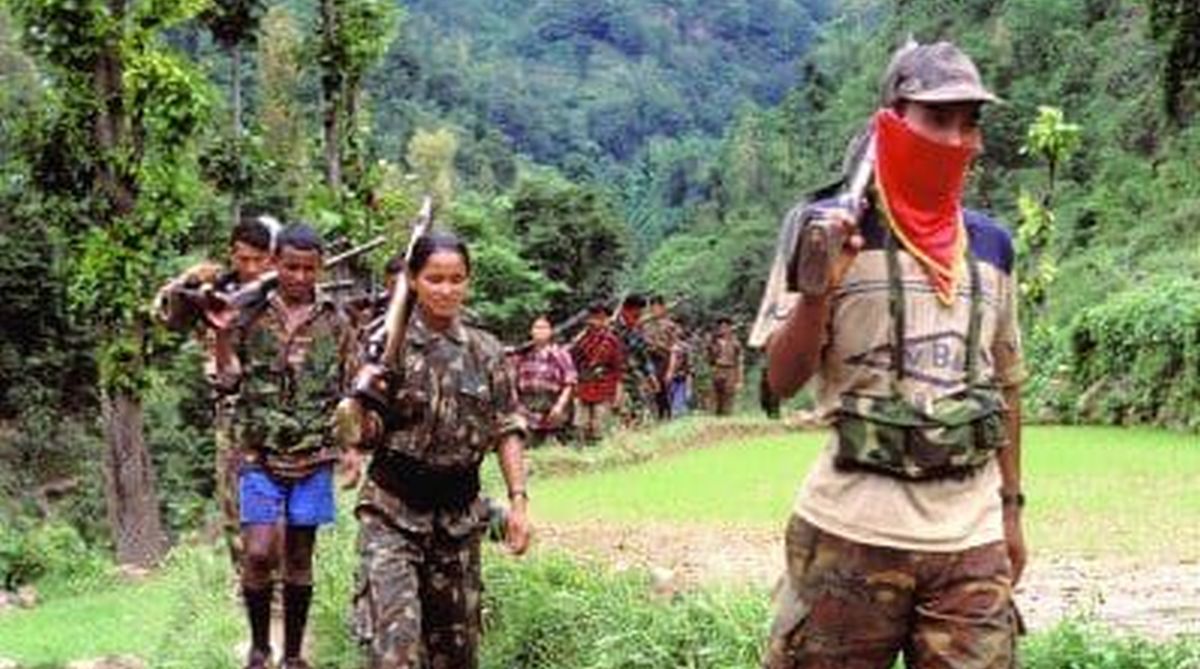The ambush on police forces by Naxalites in Tekulugudam leaving 23 dead shook the nation. Those who backed, planned and implemented the operation defended their actions. The Chief Minister of Chhattisgarh, Bhupesh Baghel stated, “It was not an attack on (police) camp…We had gone there to corner them. We have been continuously setting up camps and making inroads into Maoist bastions from three sides.” He added that the Naxals have been losing ground and have been pushed into an area of 40X40 km.
The DG CRPF, Kuldeep Singh, stated that there was no intelligence failure and an equal number of Naxalites were killed. He was defending the indefensible. Intelligence, despite claims by DG CRPF, was an abject failure, as reports stated that police forces were unaware even of the nature of weapons held by Naxals. Empty villages along the route, a clear indicator of danger lying ahead, did not trigger alarm bells and induce a reconsideration in movement pattern. It was also evident that the planners had not considered scenarios which can emerge when such large forces are moved and accordingly failed to cater for contingencies.
Advertisement
Ambushes should be expected during large-scale movements in rebel territory. These are tactics by weaker forces seeking to gain high dividends against stronger adversaries. It is also true that the insurgent has to succeed once to gain notoriety, while regular successes of security forces are brushed aside. The ambush on an army convoy in Chandel in Manipur leading to 20 dead in June 2015 is a case in point.
Maximum casualties occur during the first few moments of the ambush when surprise is in the hands of the attacker. It also causes momentary panic. It takes time for those under attack to regain composure and retaliate. Subsequently, power shifts to the better trained force. Regrouping, taking control of the situation and retaliating against ambushers is essential for reclaiming the situation. Counter ambush drills as part of training are essential, which were apparently ignored in this case.
On the contrary, survivors abandoned their injured and dead colleagues and fled, returning only the next day. This abandonment led to the Naxalites carrying away weapons, ammunition, clothing and bullet proof jackets of those who were killed or wounded. Only one body of a slain Naxal was recovered.
The claim by DG CRPF that Naxals carried away their dead and wounded proves that those involved in the operation had left the field open to the insurgents to conduct mopping up operations without interference. The Naxals released a video claiming they lost four, while displaying equipment recovered from those they had ambushed. This is evidently poor leadership on the part of those who planned as also executed the operation.
This is also not the first such incident in the region. The April 2010 Chintalnar massacre in Dantewada had led to 75 dead. There were promises of vengeance, but as usual, these remained just words. In this area alone there have been over 175 security personnel killed in the past ten years. Reports indicate that planning for the current operation was done by a small group of serving and retired IPS officers, re-employed as advisors. This group was camping in the region for a few weeks. The execution displays that none involved in the planning had any idea of the terrain but designed the operation from maps based on limited intelligence.
Moving 2,000 plus soldiers from multiple camps, each of which is possibly monitored by the Naxals, towards a common objective, is a recipe for disaster. Any small antinational force (including Naxals), seeking to operate in an environment dominated by security forces, would bank on intelligence as a basic strategy to ensure survival. Claiming subsequently that villagers passed on information on troop movement is a laughable excuse.
The surprise of the ambush showed that the troops were never briefed to be prepared for a counterstroke. Claiming the ambush site to be deep in the jungles was another illogical statement. The site was reached by journalists within 30 minutes by road. India has handled insurgencies since the fifties. The NE and Kashmir insurgencies are well under control, while Naxalites continue to cause casualties, despite claims to the contrary by the Chhattisgarh CM. In May 2010, Manmohan Singh, as PM, had stated, “I have been saying for the last three years that Naxalism remains the biggest internal security challenge facing our country.” It has yet to been given due consideration.
India has failed to develop an anti-Naxal strategy despite multiple NSAs being from the IPS. The reason is that CAPFs are commanded by IPS officers thrust down from the top, with little to zero ground experience. The suggestion of the Kargil committee on restructuring of CAPFs, based on their role and tasks, especially with regard to command, control and leadership has been ignored for over two decades.
The CAPF will continue being employed in similar environments in coming years. They need to be trained and equipped accordingly. It is evident that the current system of command, control and training is a failure. It must be revamped with immediate effect. The longer the delay, the more the damage.
The easiest answer to any internal security problem is to employ the army. However, placing interior regions under AFSPA and inducting the last bastion of national power is a sign of failure on the capability of all central forces and a lack of national strategy. In fact, as Home Minister, P Chidambaram had sought to push the army in. This was turned down by the army, after detailed deliberations. This shortcut is not a solution.
It is hoped that the current political dispensation would draw lessons from this tragic incident, rebuild the CAPFs, making them an effective force capable of fulfilling their role and tasks. It is time we accept mistakes, restructure central forces and ensure their ability to perform, rather than defending the indefensible. The time to take the bull by the horns has arrived. Will the Modi government act?
The writer is a retired Major-General of the Indian Army











